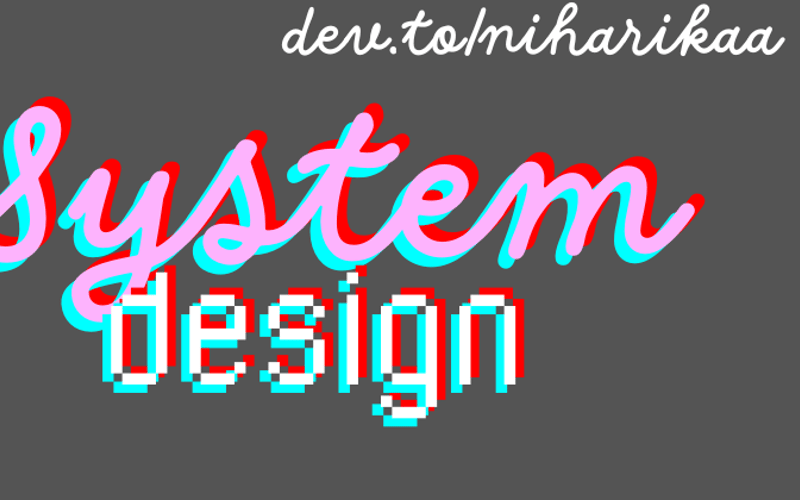10
Sep
Introduction: The Ruby Repository's Stellar Track Record The "Ruby" repository is a pivotal project in the Ruby programming language community. It's a hotbed for innovation and collaboration, attracting a diverse group of contributors. But what truly sets this repository apart is how it manages to consistently keep its merge times impressively low, despite the high volume of contributions. This case study examines what the Ruby repository does right, particularly focusing on its fast merge times, and analyzes the broader implications of this efficiency on both the project and the community. Analyzing Ruby's Efficiency and Pitfalls with Middleware Dora Metrics If…










